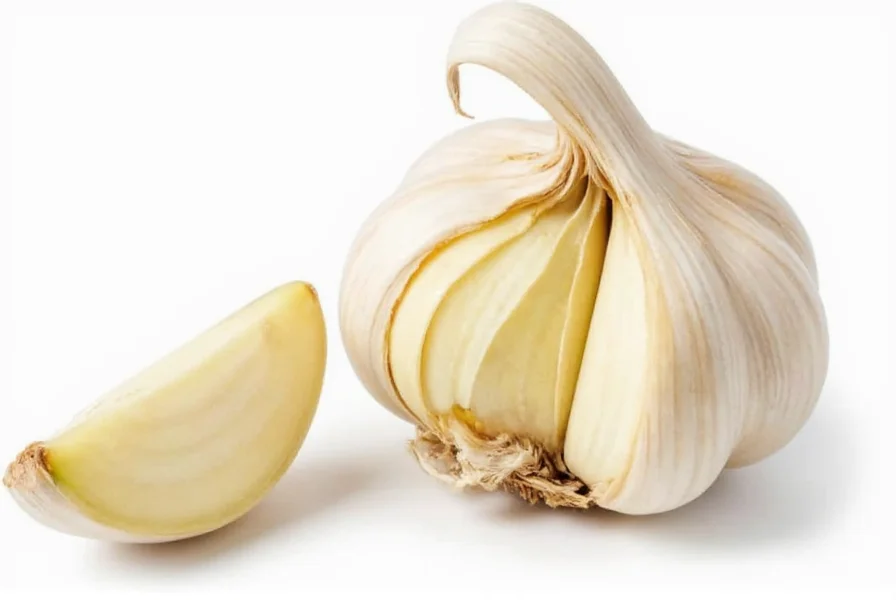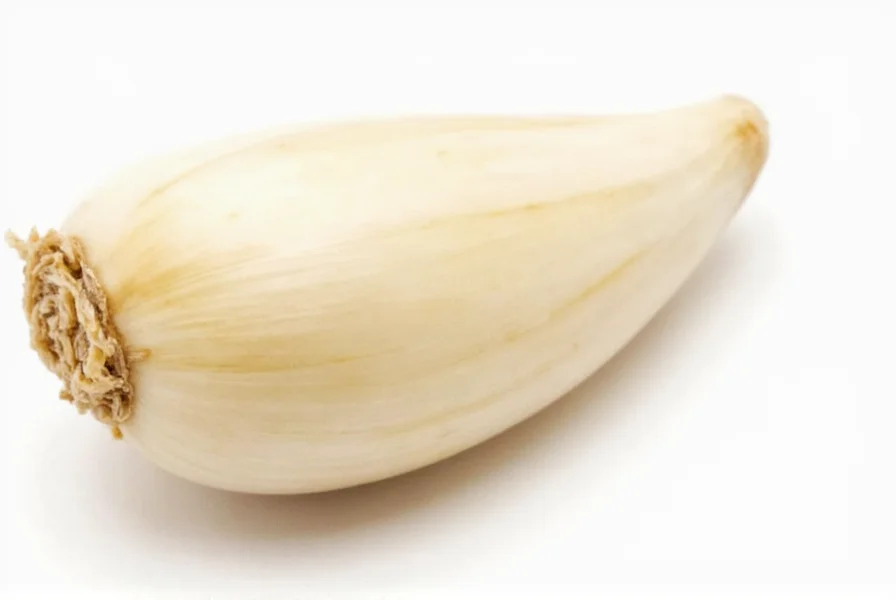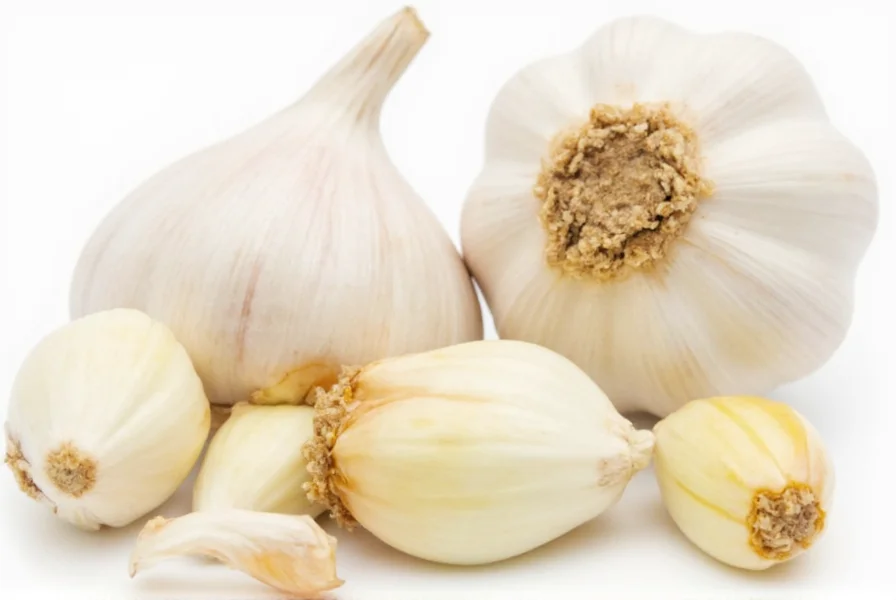Understanding garlic measurements is essential for precise cooking and recipe execution. While the 1:1/2 teaspoon ratio serves as a reliable baseline, several factors can affect this conversion in real-world kitchen scenarios.
Factors Affecting Garlic Clove to Teaspoon Conversion
The exact volume of minced garlic from a single clove varies based on three primary factors:
- Clove size - Garlic cloves range from small (petite varieties) to jumbo (commercially grown)
- Preparation method - Rough chop versus fine mince yields different volumes
- Moisture content - Freshly harvested garlic contains more moisture than stored bulbs

Comprehensive Garlic Measurement Guide
For accurate recipe conversion, reference this detailed garlic equivalency chart:
| Garlic Form | Equivalent to 1 Medium Clove | Notes |
|---|---|---|
| Whole fresh clove | 1 clove | Approximately 0.18 ounces (5g) by weight |
| Minced fresh garlic | 1/2 teaspoon | Fine mince yields most consistent measurement |
| Chopped fresh garlic | 1 teaspoon | Rough chop creates more air space between pieces |
| Garlic powder | 1/8 teaspoon | Use 1:6 ratio (powder is more concentrated) |
| Garlic paste | 1/2 teaspoon | Commercial paste equals fresh minced measurement |
Practical Kitchen Applications
When converting garlic measurements for cooking, consider these professional chef recommendations:
For delicate dishes like sauces and dressings, use the fine mince measurement (1/2 teaspoon per clove) for even flavor distribution. In roasted or grilled applications, whole cloves provide more subtle flavor as they caramelize slowly. When substituting garlic powder for fresh, remember that dried garlic has intensified flavor—use one-sixth the volume of fresh garlic required.
Chef Maria Rodriguez of Culinary Institute notes: "Understanding garlic conversions prevents common cooking mistakes. Many home cooks underestimate how potent minced garlic becomes when released from its cellular structure. The 1/2 teaspoon standard works because it accounts for both volume and flavor concentration."
Special Considerations for Recipe Scaling
When adjusting recipes that call for multiple cloves, remember that garlic flavor compounds multiply non-linearly. Doubling the garlic doesn't simply double the flavor intensity—it creates a more complex aromatic profile. For recipes requiring 4+ cloves, consider roasting some cloves whole while mincing others to create flavor层次 (layers).

Common Measurement Mistakes to Avoid
Many cooks make these critical errors when converting garlic measurements:
- Using volume measurements for whole cloves instead of counting individual pieces
- Not accounting for size variation between garlic varieties (elephant garlic vs. standard)
- Measuring chopped garlic immediately after cutting (moisture affects volume)
- Substituting garlic salt without adjusting overall salt content
For the most accurate results, professional kitchens often weigh garlic rather than measure by volume. One medium clove weighs approximately 5 grams, while minced garlic yields about 2.5 grams per 1/2 teaspoon.
Garlic Substitution Guide
When fresh garlic isn't available, these substitutions maintain recipe integrity:
- Garlic powder: Use 1/8 teaspoon powder per clove (plus 1/8 teaspoon water)
- Garlic salt: Use 1/4 teaspoon per clove (reduce other salt by 1/8 teaspoon)
- Pre-minced jarred garlic: Use 1/2 teaspoon per clove (add 1 minute to cooking time)
- Garlic paste: Use 1/2 teaspoon per clove (ideal for marinades)
Remember that preserved garlic products often contain citric acid or other preservatives that slightly alter flavor profiles compared to fresh garlic.











 浙公网安备
33010002000092号
浙公网安备
33010002000092号 浙B2-20120091-4
浙B2-20120091-4